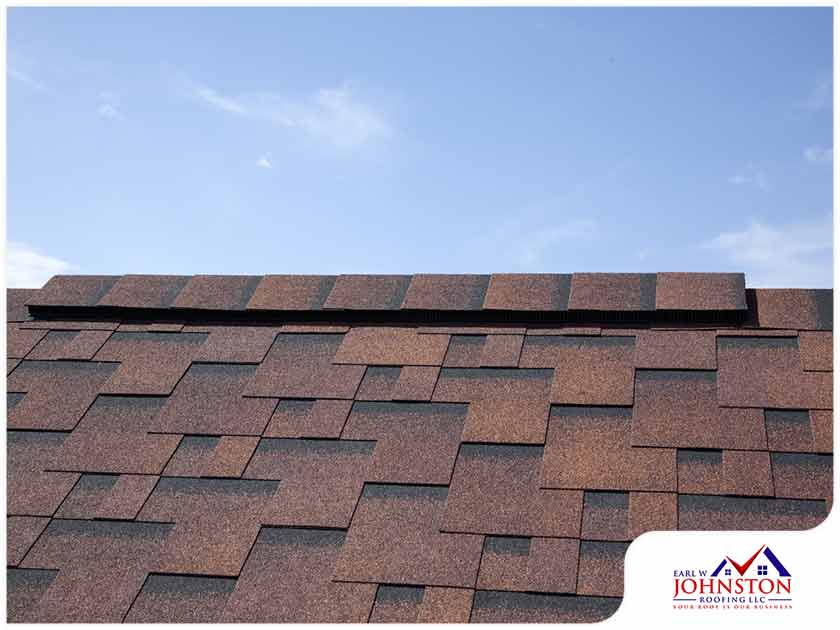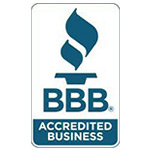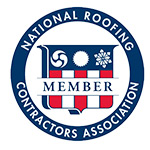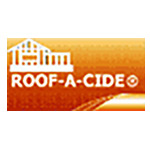Roof ventilation is important because it helps prevent heat and moisture from building up in your attic, which can wreak havoc on not just your roof, but on the rest of your home as well. Every roof is unique and therefore has different requirements when it comes to ventilation. To help ensure you are installing an appropriate ventilation system for your roof’s needs, a residential and commercial roofing expert shares the pros and cons of the four most common types of roof vents.

Roof Turbine Vents
These feature large rotating blades that extract hundreds of cubic feet of air each minute. When maintained well, they can offer years of reliable service. They are also affordable; however, they are quite big and they tend to stick out, which can be a detriment when it comes to curb appeal.
Electric or Solar-Powered Vents
As the name suggests, these vents make use of electricity or solar power to work. Over the years, these have become popular as they help reduce your utility bills. They work faster than some of the passive alternatives, but can fail temporarily due to electricity or sunlight issues.
Low Profile Vents
These are a favorite among homeowners and residential roofing contractors alike since they are very easy to install and can be hidden away from view. You can even install them at the rear of your home to reduce their visual impact. The only real problem with low-profile vents is that their pull is very limited and if you have a large roof, you will need lots of them.
Ridge Vents
These run across the length of your roof’s peak so they offer an even distribution of air. They are a popular option for both small and large homes. The downside is they are a little more expensive than the other options.
Give Earl W. Johnston Roofing, LLC a call at (954) 989-7794 for all your roofing needs. Alternatively, you may fill out our contact form and one of our experts will get back to you as soon as possible. We serve home and business owners in Hollywood, FL, as well as nearby areas.














